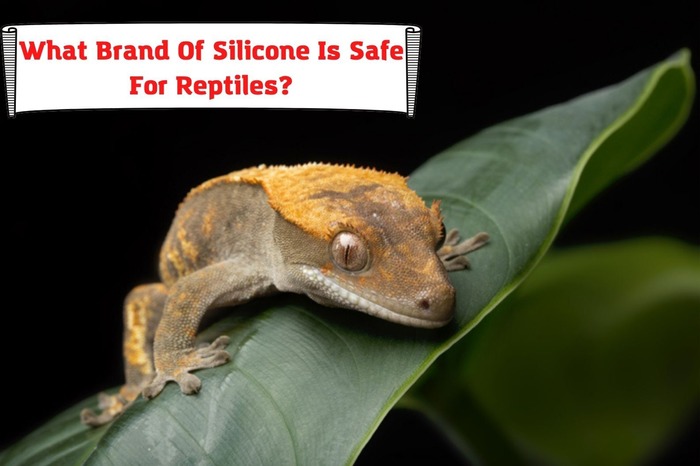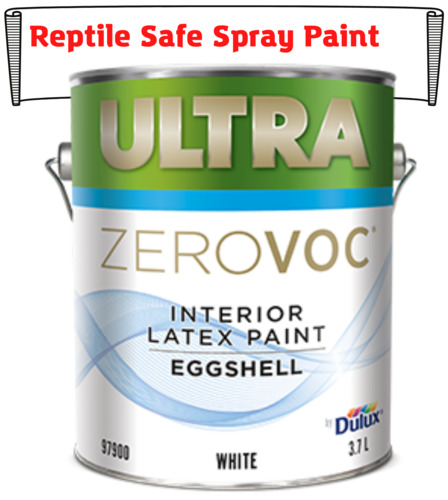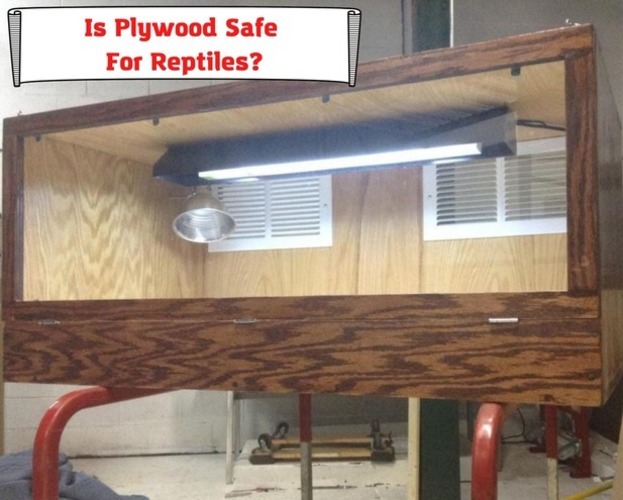One of the commonest facts about snakes that every reptile owner first learns is that they are ectothermic. This means they depend on external heat sources to regulate their internal temperature.
Two of the main heat sources that reptile keepers frequently use to keep the enclosure warm are radiant heat panels and heat mats. Are you having a hard time choosing which is best between the two?

Check out this article to get a practical overview of how they both work and what to consider before choosing the one that is best for you.
Radiant Heat Panel or Heat Mat for Ball Python?
The radiant heat panel works just as well as the heat mat. However, the truth is that they will have different effects on your ball python.
From experience, both are tested and trusted types of heat sources. The heat mat is excellent for providing underbelly heat. The radiant heat panel is also excellent for providing aerial heat in the enclosure.
However, it is recommended that you use a thermostat to monitor the temperature in the enclosure. The placement of your temperature probe is very important for monitoring the temperature in the enclosure.
You want to make sure it is secured in place on the heat mat inside the enclosure or under the radiant heat panel to ensure that the temperature is controlled properly where your snake goes for heat.
What Makes the Heat Mat Better Than a Radiant Heat Panel?
Experience shows that while both heat sources are excellent for your ball python enclosure, how they affect the humidity level in your critter’s enclosure and how they affect your snake’s level of activity could be the main factors to consider when making a decision.
This is important because although both heat sources help your ball python regulate its internal body temperature and keep it active, too much heat will affect the optimal level of humidity. This will lead to bigger health problems such as stress and difficulty in shedding skin.
The main difference between the radiant heat panel and the old-fashioned heat mat is the challenge of maintaining the proper humidity levels of 50-60%. Although this may seem obvious to an experienced reptile ball python keeper, newbies may not have this crucial knowledge as they may have to experience this to understand.
From experience, the radiant heat panel depletes humidity levels faster than the heat mat does. It drops humidity levels so fast that many ball python owners who use it jokingly complained about experiencing carpal tunnel syndrome from spraying the enclosure down every few days.
The heat mat, on the other hand, is slower in dropping the humidity level in the ball python’s enclosure. With the heat mat, you are less likely to spray down your ball python’s enclosure every few days. You may only have to spray the enclosure once every two weeks or thereabout because the heat mat maintains the proper humidity levels better than the radiant heat panel.
Note: You must not spray too often as this can lead to scale rot. You want to monitor the humidity level closely with a hygrometer to keep it in the optimal range.
Hence, using a radiant heat panel will mean a more tedious maintenance routine to keep the humidity level at the optimal level.
But you can ease the stress of spraying down the enclosure by using a simple trick that many experienced reptile keepers have used. You can get a pressure sprayer to make this process so much easier for the radiant heat panel ball python enclosure.
A heat mat will mean less spraying to maintain the proper humidity levels.
Another difference to keep in mind is how active your ball python will be with either of the heat sources. Experience from the comparison of both heat sources seems to suggest that the radiant heat panel seems to keep snakes more active than the old-fashioned heat mat.
A ball python in an enclosure that uses a radiant heat panel will often come out more and explore the enclosure during the day.
But a ball python in an enclosure with a heat mat will usually be curled up and less active during the day. But both snakes will actively explore the enclosure and climb on decoration as much as they please during the night.
So it all depends on the personal choice of the reptile keeper, how often he can keep up with the spraying frequency to maintain the proper humidity levels, and the level of activity he is comfortable with in the enclosure.
Whichever heat source you choose, the one thing you must always do is observe your snake very carefully for any signs of trouble. Handle them carefully and most importantly, keep track of their feeding, shedding, and other natural characteristics that suggest good health.
How To Use a Radiant Heat Panel in a Ball Python’s Enclosure
Perhaps, the first thing to pay attention to is getting the appropriate size for your enclosure. Too much heat will lead to stress and burns in extreme cases. You may also find your snake having trouble shedding its skin.
If the radiant heat panel is too small for your ball python’s enclosure, you will be putting your snake at risk of hypothermia in extreme cases. In the least alarming instances, your snake will be stressed and may experience disturbing symptoms of health issues. These may include loss of appetite, dormancy, and regurgitating food already eaten.
So you want to do some research to ensure that you get the right size for your ball python’s enclosure. Based on research and recommendation you can use a Pro Heat product.
A fantastic attribute of that business outfit is that when you call them and order a radiant heat panel, they will ask you questions about the dimension of your enclosure, the critter you keep, and other related questions to help you choose the appropriate size for your enclosure.
Some determining factors to consider when choosing the right radiant heat panel include the general temperature of the room and the height of the enclosure. Normally, if your enclosure has a dimension of 2” x 4” and is 12” tall or less, the 80 watts radiant panel will work well especially if you stay up north where the weather is generally colder than the south.
If you live in a region that is normally warmer, it would be best to use a lower watts radiant heat panel. A thermostat probe to tell the temperature in the enclosure is a good way to make an excellent decision about which radiant heat panel is best for your snake.
The ideal temperature for a ball python’s enclosure is 70°F – 80°F on the cool side and 80°F- 85°F on the warmer side. You can also create an elevated platform in the enclosure to provide a basking area for your snake. This should be around 88°F – 92°F.
How To Use a Heat Mat in a Ball Python’s Enclosure
Ball pythons seem to enjoy belly heat. They also love to access this underbelly heat constantly. So if you opt for a heat mat, it would be best to leave it under the hiding place of your snake.
New ball python owners often wonder whether it would be appropriate to set the heat mat under the substrate in the enclosure or outside the enclosure. It would be best to keep it under the enclosure but close enough to ensure that your ball python accesses as much heat as it needs.
Some may suggest that you leave it in the enclosure. While this will ensure that your snake gets the heat directly, it will be at risk of getting burnt.
Many experienced snake keepers advocate keeping the heat mat under the enclosure. Some of the experts in the hobby make the point that most ball pythons will snooze in the warm area if you set the temperature to the range of 88°F – 90°F, even if you have a heat lamp above them.
It is recommended that you leave the heat mat under their hiding place since experience has shown that they absolutely love that underbelly heat.
Note: if you use a heat mat, it would be best to use a pulse-proportional thermostat to measure the temperature accurately.
A problem with heat mats however is that you may have problems providing your ball python with the optimal temperature if you run a large enclosure. Many ball python owners supplement the heat mat with heat lamps or ceramic heat emitters.
Final Thoughts
A radiant heat panel is just as good at producing heat as a heat mat. But as discussed above, both have their peculiarities and challenges they present. So, in the end, the choice to make will depend on the personal preferences of the reptile owner.
Whatever heat source you opt for, it is important that you monitor your critter closely for any signs of stress, discomfort, or other symptoms that should put you on notice about any health issues. If the heat is too much, your ball python will likely display symptoms of stress and may be restless. It may also hide incessantly from the region where you fixed the heat panel.
If the enclosure is too cold, your snake may exhibit symptoms of hypothermia, a slower rate of metabolism, and even regurgitating already consumed food. It may also lose appetite. These signs should put you on notice to check the parameters in the enclosure’s parameters.
- Dubia Roach Egg Sack: How To Understand if It’s Healthy? - January 2, 2023
- How To Feed African Dwarf Frog While on Vacation? - December 26, 2022
- Baytril for Bearded Dragon: Here’s What You Should Know - December 19, 2022



